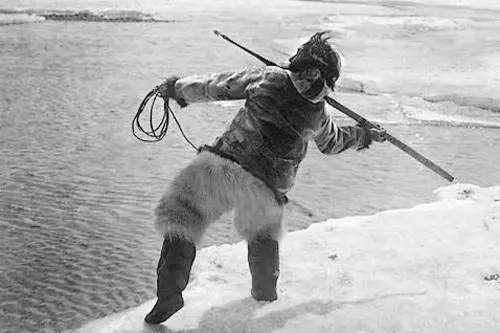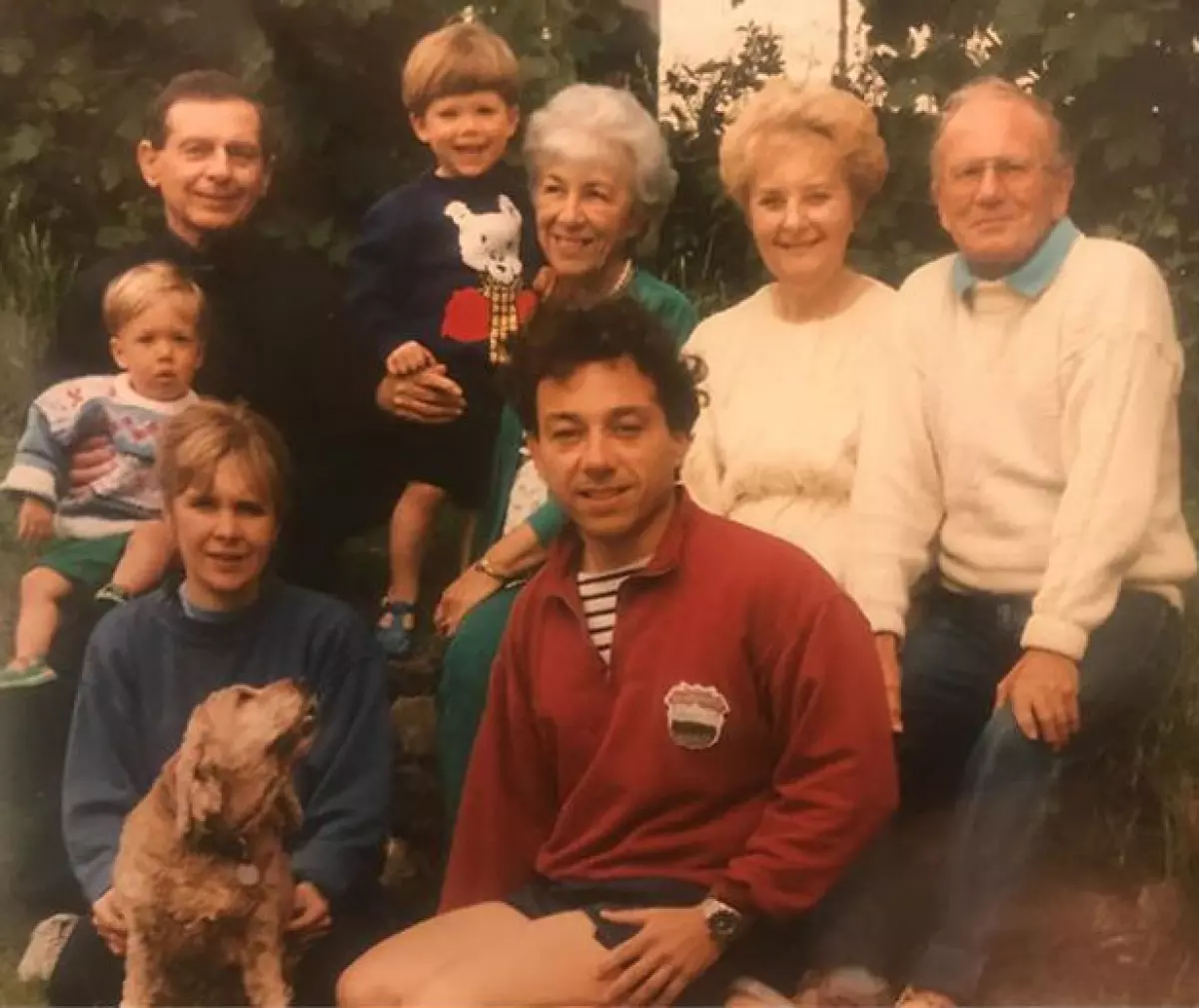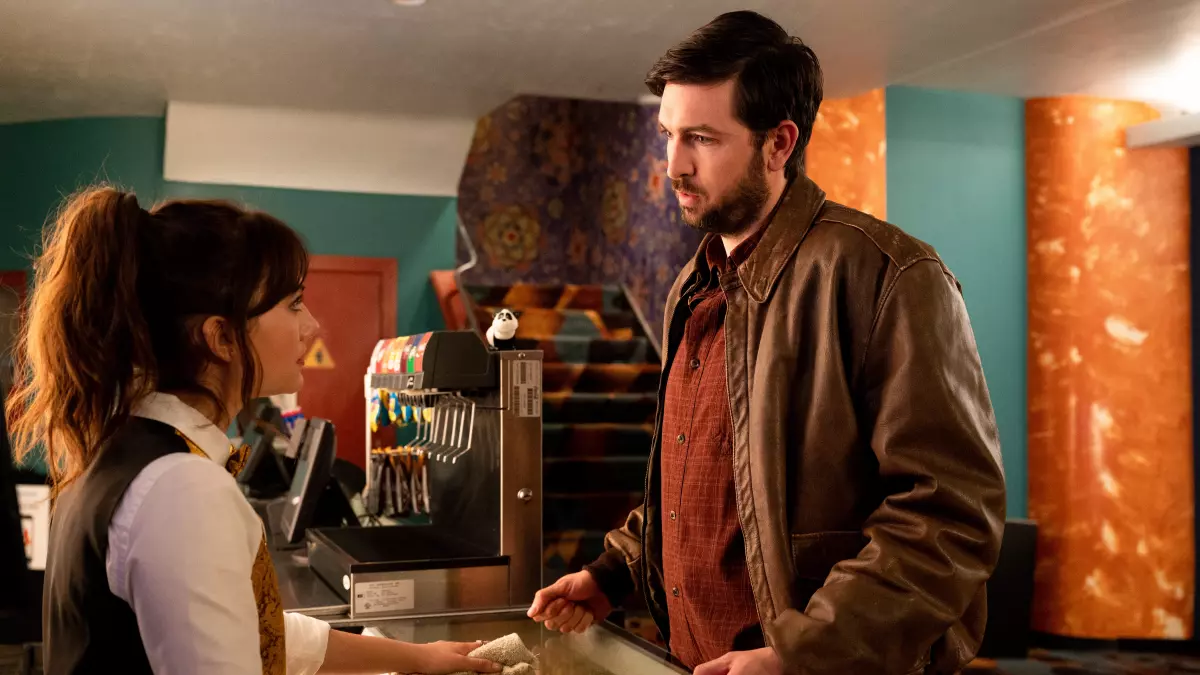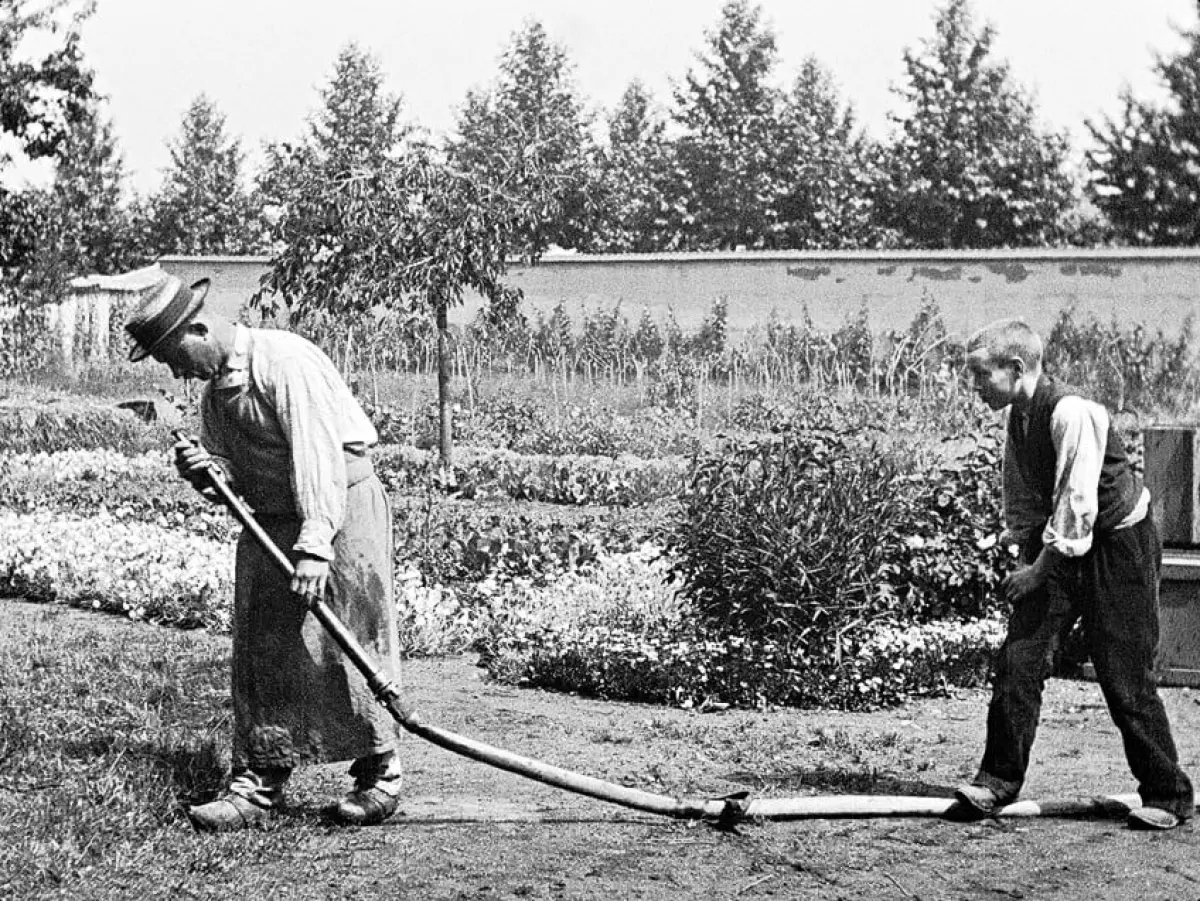 Image: Nanook of the North
Image: Nanook of the North
One hundred years ago this month, the iconic film "Nanook of the North" premiered at New York City's Capitol Theatre, marking a significant milestone in the history of cinema. Since then, this groundbreaking documentary has continued to captivate audiences worldwide. Combining art, ethnography, and reenactment, "Nanook of the North" remains a thought-provoking exploration of the human experience.
The Legacy of "Nanook of the North"
"Nanook of the North" holds a special place in cinematic history. It was one of the first 25 films to be added to the Library of Congress National Film Registry in 1989. With its release, the film sparked debates about documentary ethics, representation, and orientalism. Directed by Robert Flaherty, the film documents the lives of the Inuit people in Eastern Canada's Ungava Peninsula, as they navigate the challenges of their environment.
A Masterpiece of American Independent Filmmaking
Robert Flaherty, considered one of the pioneers of American independent filmmaking, created a truly unique and groundbreaking piece of art. "Nanook of the North" defied the conventions of Hollywood storytelling and embraced various documentary styles. From reenactment to observational mode, ethnography to poetic experimental film, Flaherty approached filmmaking with a sense of exploration and authenticity.
The Making of "Nanook of the North"
Flaherty's journey to create "Nanook of the North" was as extraordinary as the film itself. As an explorer, he spent 16 months living with the Inuit, immersing himself in their culture. Although Flaherty directed the film, the Inuit collaborated in determining scenes, repairing the camera, and even developing the film. This collaborative approach challenged the traditional Hollywood studio system and ensured a more genuine representation of the Inuit people.
A Visual Feast
"Nanook of the North" is a testament to Flaherty's technical mastery and artistic vision. Through a combination of portrait photography and breathtaking landscapes, the film captures the essence of the Inuit way of life. Flaherty's use of visual juxtapositions, such as intimate familial scenes interspersed with expansive arctic landscapes, creates a rich visual tapestry that echoes the artistic practices of the Inuit themselves.
Theoretical Debates and Interpretations
Numerous theoretical debates surround "Nanook of the North." Scholars like Jay Ruby and Fatimah Tobing Rony offer contrasting perspectives on the film's intentions and impact. Ruby emphasizes the importance of understanding the social and cultural context in which the film was produced, highlighting the collaboration between Flaherty and the Inuit. On the other hand, Tobing Rony explores the film's perpetuation of Western stereotypes and preconceptions about the Inuit, questioning Flaherty's aims.
Celebrating a Milestone
As we celebrate the 100-year anniversary of "Nanook of the North," this remarkable film continues to inspire and challenge our understanding of documentary filmmaking. Its influence can be seen in subsequent films that push the boundaries of artistic expression and cultural representation. Take the time to revisit this cinematic masterpiece and appreciate its enduring relevance.
Picture: Nanook of the North
Caption: "Nanook of the North" poster















